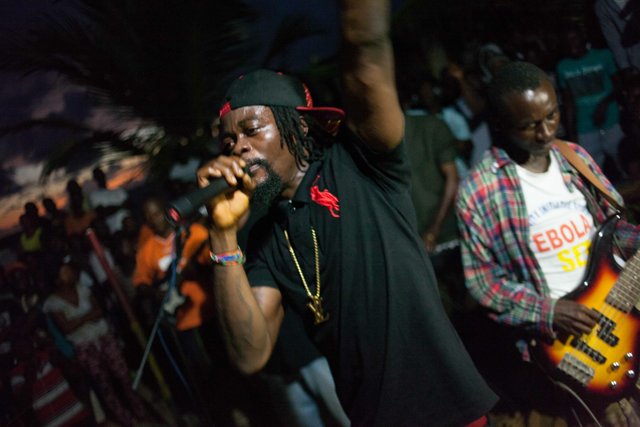2017
They say they can’t tell if I have malaria or not, maybe it’s something else. “Just lie down, try the drip, and see if it helps”. I am in the hospital in the North of Sierra Leone, I have a headache of a magnitude I have never experienced before, I have a high fever and joint pains, the fans are not working and to get through a huge number of patients in the overcrowded district hospitals the nurses are injecting strong antibiotics straight into the veins in my hand. In the evening the pain is slightly subsiding thanks to the drugs, as they bring in Kadiatu. She is about 14, she is incredibly thin but is brought in kicking and screaming and it takes three adults to keep her down on the bed and to stop her from ripping out the IVs once they are put in. Her family don’t speak English so I translate between them and the foreign doctor: “They say they haven’t used any traditional medicine on her”. Her screams are making me shiver, “I don’t think I can do this, I don’t think I can do this” I keep repeating to myself. By the next morning Kadiatu has died—my own illness worsens and I am transferred to the capital where I get better treatment.
2012
I am doing my PhD research with unemployed youth in Freetown, studying violence in the aftermath of war. I hang out in “ghettos”, I sit endlessly as young men drink, smoke, listen to music, and we talk about “the system”. It’s intense, but rewarding work, I’m learning every day, I think it’s what I have been trained to do, the full immersion experience. Then, one day the violence I am researching comes very close, too close, it rips my world apart. Continue reading

